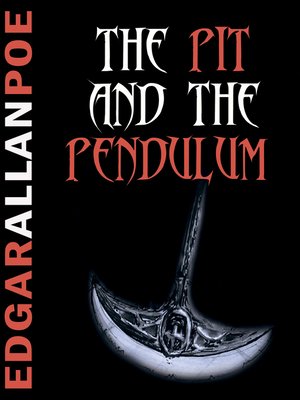


Kennedy notes that “withlongerlifeexpectancies,closeraffective relationships, secularized funeral practices, and declining belief in an afterlife, death assumed a terrible significance” it “came to seem a cruel, inexplicable deprivation.” In response to this development, “a pious consolation literature sprang into being as if to offset doubts about the Christian promise of eternal life, authors concocted detailed descriptionsof the amenities of heaven.” The same authors also “sponsored an ethereal image of mortality, purged of gross physical detail,”making death a “subjectof quiet fascination, even.

What was Poe’s purpose in treating these topics so frequently?In Poe, Deuth, and th.e Lije o f W r i t i n g ,Gerald Kennedy suggeststhat the author sought throughout his literary career to expose and express his readers’ fear of death, a fear that was increasing in the nineteenth century and that the sentimental literature of Poe’s day attempted to repress. In work after work-including suchwell-known poems as “The City in the Sea,“ “The Raven,” and “Ulalume” and such popular tales as “Ligeia,”“The Fall of the House of Usher,” and “The Masque of the Red Death”-Doe treats (more doggedlyperhaps than any other American author except Emily Dickinson) the topics of death, decay,burial, and mourning. In lieu of an abstract, here is a brief excerpt of the content:ĪZZanEmery Evading the Pit and the Pendulum: Poe on the Process of Transcendence EdgarAllan Poe’s preoccupation with death is an unmistakablefeature of his writing.


 0 kommentar(er)
0 kommentar(er)
